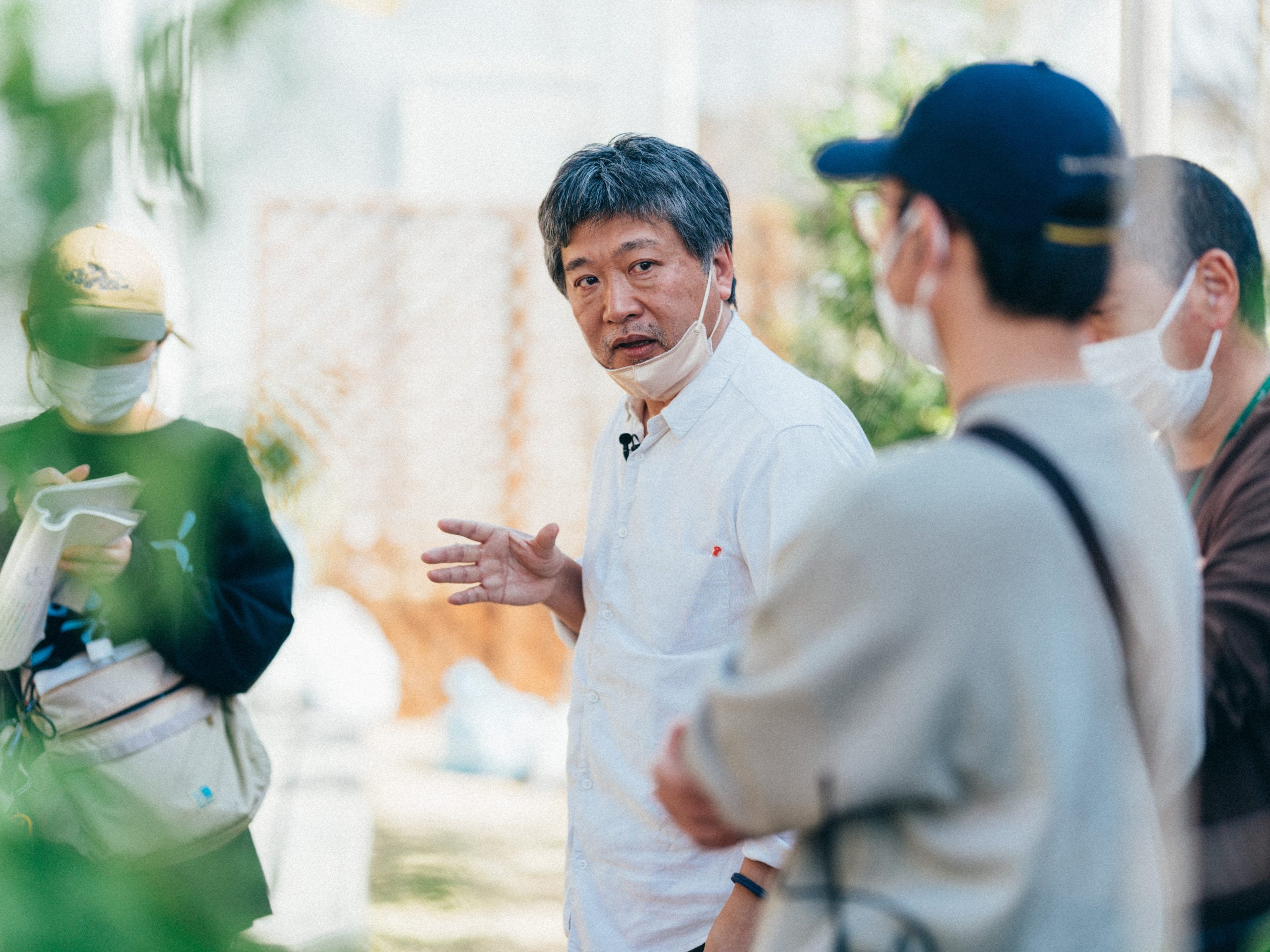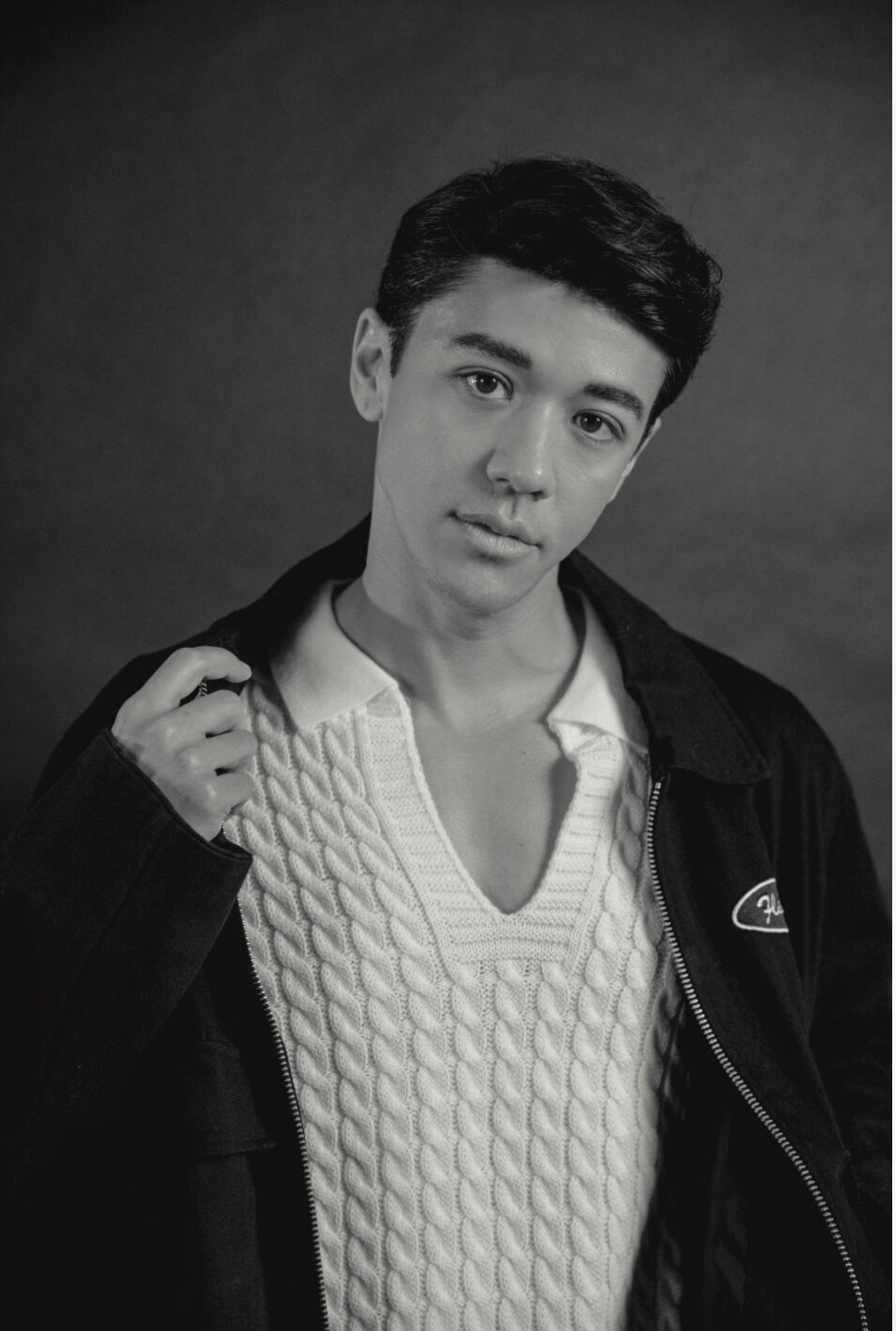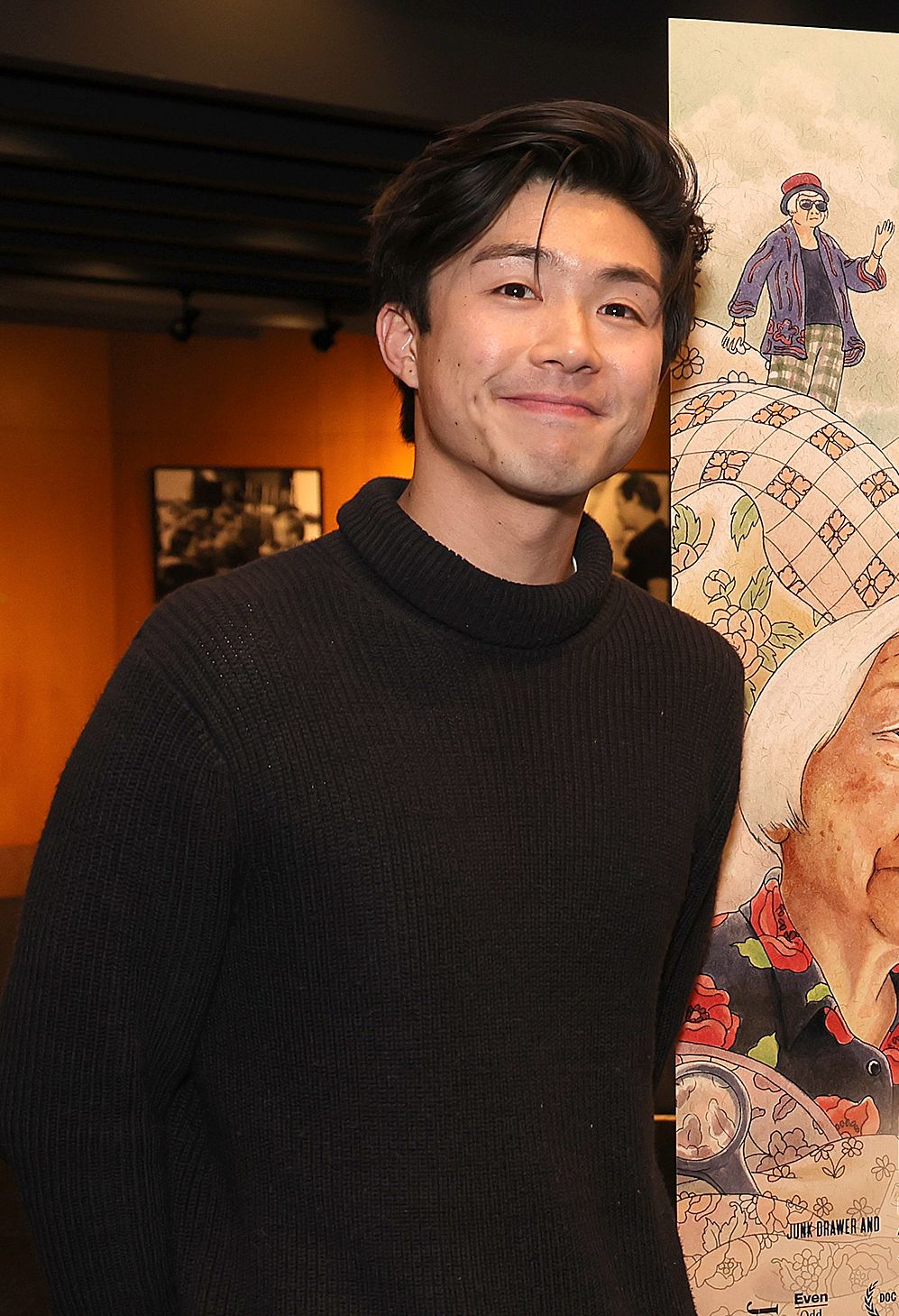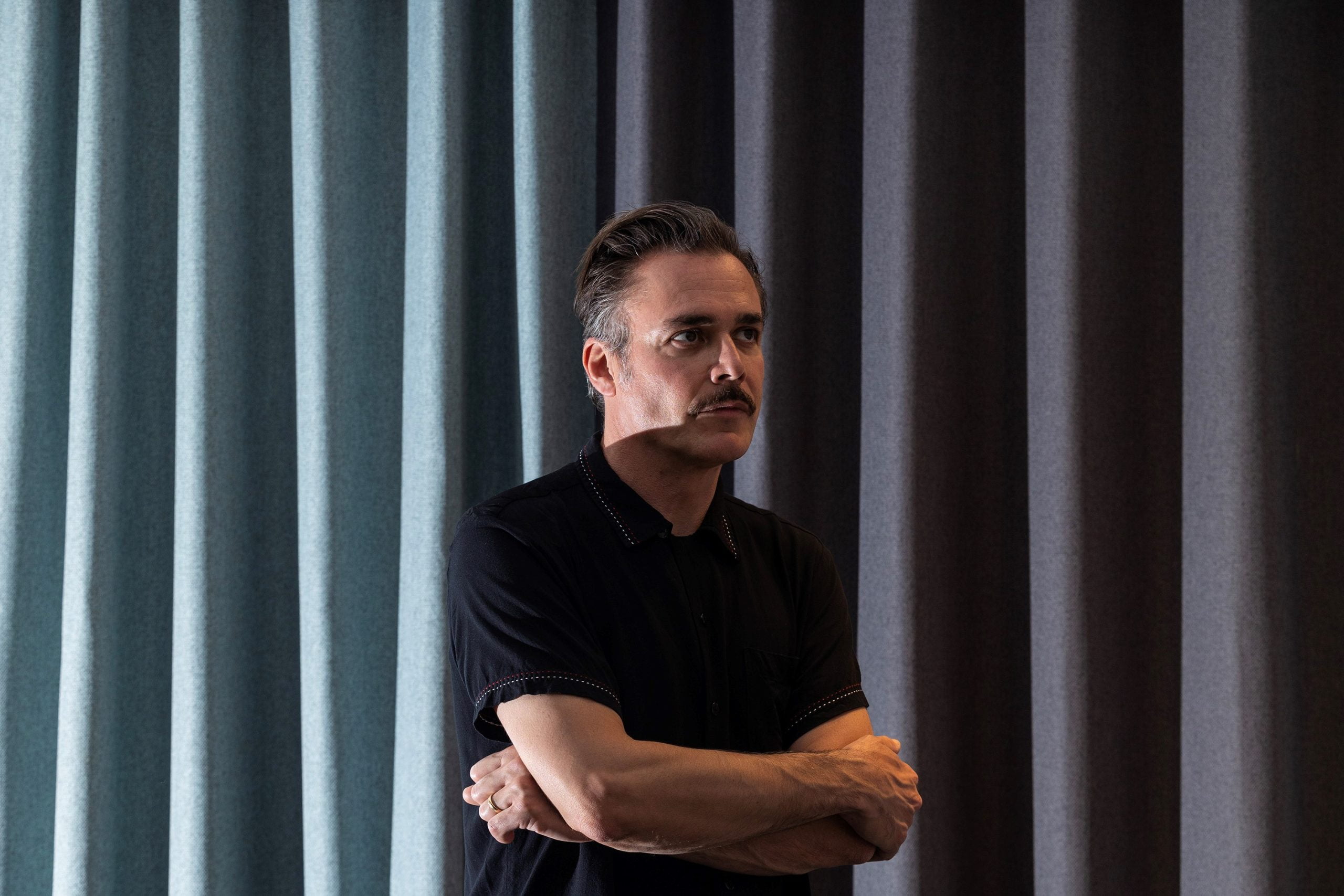
Barnaby Clay
In a genre saturated with run-of-the-mill slashers and gore, Barnaby Clay’s The Seeding brings us a horrific new twist sprinkled in with psychological terror.
For his first foray into the depths of horror, Barnaby Clay doesn’t hold anything back. With the odds stacked against him and nearly a decade in the making, the road to The Seeding wasn’t smooth sailing. With the pandemic hitting full force by the end of 2019 and interest waning, the future of the film looked uncertain. But with an iron will and a passion that couldn’t be satiated, his belief in the project paid off. It also helped that he was willing to work with a skeleton crew and less than half the budget. With all those factors coming into play, Clay was able to make an intimate movie, that leaves the viewer feeling unsettled and vulnerable. With the incredible casting of Scott Haze and Kate Lyn Sheil carrying the majority of the story, you’re brought into the isolated and desolate landscape of the Utah desert. Despite the gorgeous background of The Seeding at its core is a story about toxic masculinity, the effect of isolation, and what we do when we’re stripped down to our very basic human devices. The film explores these themes by preying on our deepest fears and asking the question: what would you do?
With The Seeding now done and dusted, Clay sets his sights on something new. Never one to let the grass grow, he’s already working on his latest project. Still in its early stages, he’s relishing the opportunity to pour his energy into a new script. And, if The Seeding is anything to go off of, this latest endeavor will be well worth the wait.
In conversation with 1883 Magazine’s Dana Reboe, Barnaby Clay discusses The Seeding, what it takes to get a project off the ground, how he balanced being both director and writer on the film, where his love of the horror genre began, and so much more.
So, to jump right into it, The Seeding gave me vibes of A Clockwork Orange with a touch of Lord of the Flies. Can you talk about your inspiration behind the project?
I was trying to think on a practical level. I was finishing my documentary when I started thinking about an idea. I was having a hard time in post-production, I didn’t have the final cut, and it was very difficult and challenging having to deal with everybody else’s opinions. I felt like whatever I do next, I’ve got to write something I could do at a low enough budget where I as a first-time narrative filmmaker retains creative control. When you’re thinking about budget, you think about you know, containing your story; only using one space if you can, having as few possible actors as you can. Suddenly I was thinking of a film called Woman in the Dunes which has the same setup because it’s all contained within this put. In the film, it’s a dune by the sea, in Japan – it’s a perfect film. I love it. I’d never want to remake that.
I asked myself: how can I use that as a starting point? How can I use that and then kind of springboard off into something which is mine? It was around then that my wife got pregnant. I found myself in the desert when she was expecting and we were walking through and when your frame of mind is facing a monumental life change, you start thinking about things on a cosmic level. The combination of that and then also just being physically in the desert at that moment, and you whenever I’m in the desert, I have this feeling of vulnerability. Whether that’s vulnerability against nature or suddenly feeling so small against this vast landscape, I feel like all these things came together to bring me the story.
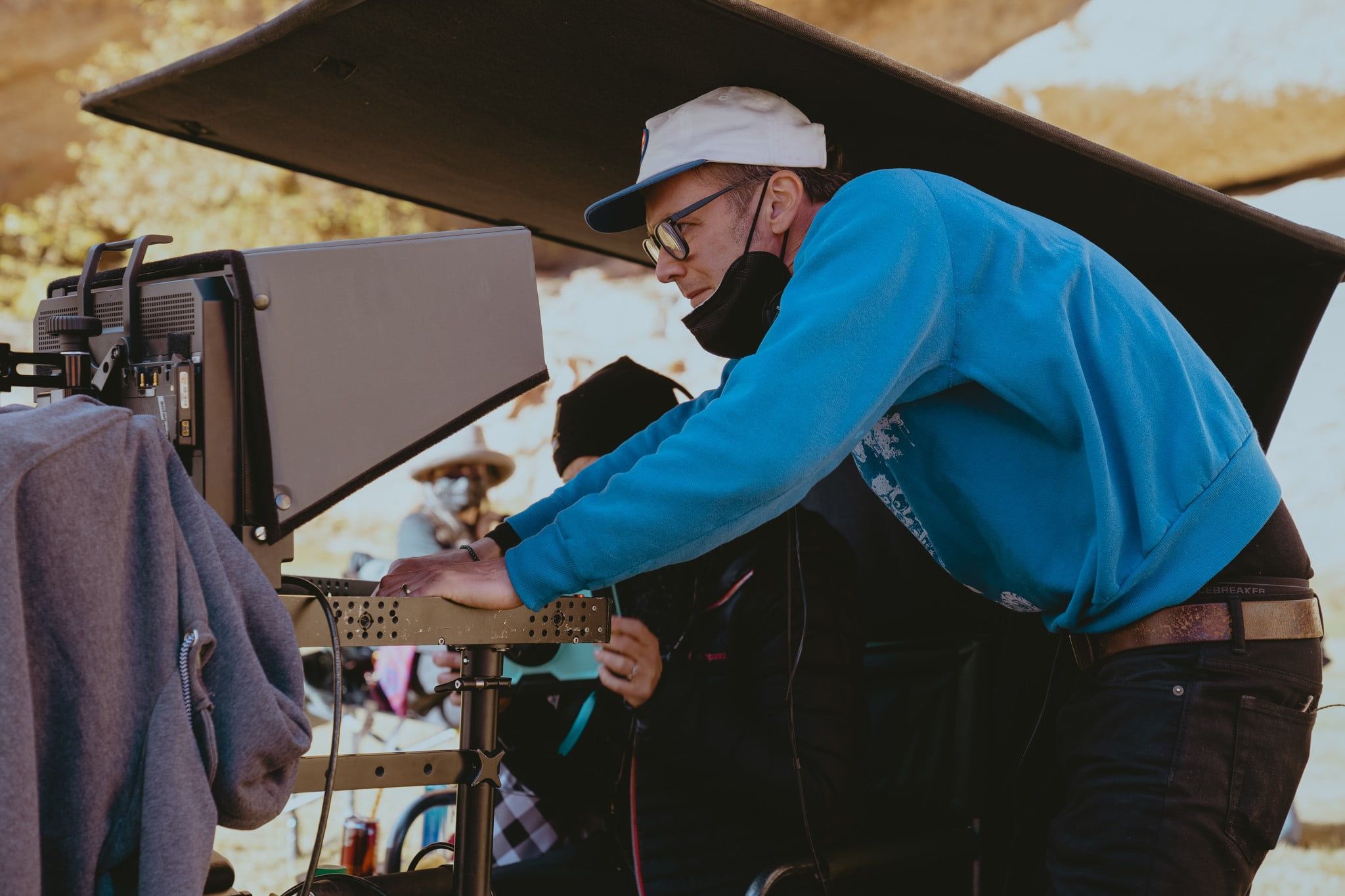
You did a good job of capturing that feeling of isolation and vulnerability throughout the film. It kept me unsettled. You also made me not want to visit the desert. Ever. [laughter] Your background is rooted in music and art. What made you want to explore horror in this medium?
It’s kind of full circle. As a kid, I grew up really into film. Both my parents were actors. They would show me some great movies when I was growing up. Films that maybe you wouldn’t necessarily see when you’re five or six years old, [laughs] but they were exposing me to some cool stuff. But they were more art films or the classics. Then, at a certain point, horror entered my life and that’s when I kind of took ownership, like this is my thing. I started becoming obsessed with horror movies and then I had this idea at a certain point I was going to do SFX makeup. I started messing around with that with some friends and making movies together. My mom would come home and then scream finding a fake head like, ‘Why are you doing this to me? I understand you want to make films, but can you make something nice?’ [laughs] She still says that to me. But I expanded on that.
I came out of film school, and I needed to earn some money. To me, it was the golden age of music videos. Spike Jones and John Glaser, and Chris Cunningham and Michelle Gondry, there’s this incredible body of work being put out there. I was like, ‘Oh, this is a good way of honing my craft.’ Then from that doing various art projects. I went to art school as well. Art was always a big thing for me. The idea of fermenting outside the two-dimensional flat screen and breaking it out was exciting to me. But everything has always been a means to an end to position myself to make a film. Around the same time my wife was pregnant, horror took a big leap. It was in a bad phase for most of the 2000s. There wasn’t much going on aside from the Scream franchise which didn’t take itself too seriously. I wasn’t really into it.
Then, suddenly, there was this group of films, The Witch, Hereditary, Midsommar and It Follows. People were making horror like they used to. Not only were they making it, but it was profitable again. So, thinking practically I was like, ‘Well, maybe this is that’s what I should do.’ I love horror. I can get to make something of the horror I like.
How long was the process of making it for you? Starting with the script and now to it being finished and ready for the screen?
I started writing it maybe eight or nine years ago on and off. Then I got serious and gave it to a producer that I knew. We started getting to a place where it was starting to become a reality. That was probably 2019. Then a week before the pandemic hit, it just fell apart, like many other people’s projects. It was a disaster. I spent the next six to eight months trying to build it back up and realized quickly that all these people who were so keen initially before the pandemic were now a bit more cautious. The risk factor was just too high. They wanted a sure bet. All these doors were closing in my face and eventually, I was talking to my producer about it and we were like, ‘Well, maybe we can do this for half the amount of money.’ I knew somehow, between people I know and producers and film companies, I could get this together. It felt like a realistic goal. We started putting it together on the low, low end. It started falling into place and we recast the whole thing.
Wow!
Yeah, that was most of October 2021, and then 2022 editing it and now 2023, taking it around to different festivals like Tribeca last June and hitting the festival circuit. And now here it is, about to hit the masses.
How does it feel to see all that hard work paying off?
I mean, it’s exciting on one hand, on the other it’s terrifying. You know, I’m at the point where I have to sort of say goodbye. It’s done. There’s nothing more you can do. It’s over to the public. So now it’s about moving on to the next one. I was just talking to somebody about that. He said that Kurt Vonnegut was writing the last chapter, the final chapter of his book when he would start the next one. It was this mechanism to help avoid that period in between and care less so you’re not obsessed about the final result. You’re like, ‘Okay, it’s done, I’m into this now.’ I thought that was pretty, pretty, solid advice.
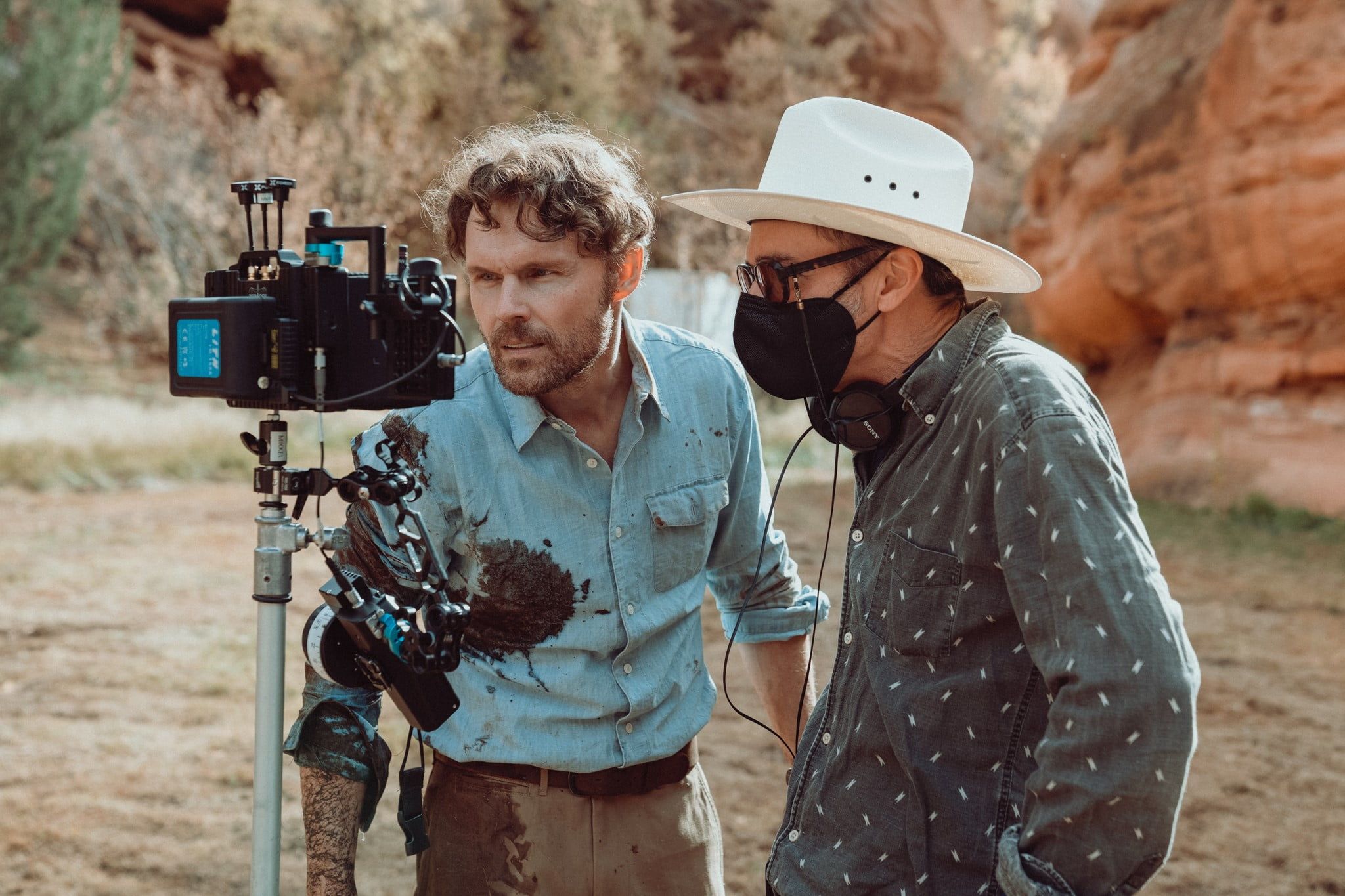
I think that’s a really great mindset to have as a writer or a creative in general. You worked with Scott (Haze) and Kate (Lyn Sheil), who both bring the story of The Seeding to life. What were your highlights from working with them?
I didn’t have the luxury of doing read-throughs before I cast them. It was kind of a crapshoot. You know, you make some educated choices and you hope those instincts pay off. The first time we got together was maybe two or three days before shooting. We were there in a barn in Utah. The barn was outside the motel we were staying in. It was the first time I got to workshop the script with them. After living with the script for years, seeing two extremely capable actors suddenly taking it on was so exciting. It was amazing as a writer to see your words come to life.
But, at the same time, it goes to such an unexpected place. Like, ‘Oh, wow, I wrote that but it’s different and beautiful in the same way.’ Seeing that was magical. Another moment was seeing Scott (Haze) letting out his immense frustration. It was intense. Also, I think the scene where she (Kate Lyn Sheil) explodes. I think we all felt that. She’d been storing that for so long; she could finally just throw it back in his face. She just unleashes this force of nature on him. She’d been kind of meek up until that point. As a director got to that place and it was incredible. Likewise, seeing Scott in the final act reach a primal version of his character and run that gamut of emotions was gratifying.
What is something you’ve learned about yourself while filming The Seeding that you haven’t on any other project?
Being the writer and director of the same film is insanely hard [laughs]. Why did I do this? This is a nightmare. This is killing me. Eventually, you get to the end, and you’ve done it. But the thing that gave me the biggest surprise was I never experienced being a writer and director on a long-form project before. Very quickly we were running behind schedule. I realized pretty soon into the shoot that large portions of the script had to be rewritten just to make the volume achievable to finish it. Do you know who’s going to do the rewriting? It’s all on you. All I wanted to do was call the writer and say, ‘Fix this scene for me. Make these five scenes, two scenes.’ I had nobody to turn to but myself. I hadn’t thought about the additional stress that goes into that. It was a huge learning curve. While everybody was off on Sunday in beautiful southern Utah, hiking, and rock climbing, I was in my motel trying to rewrite the entire end of my film.
When you look back over your career, was there ever a moment where you wanted to hang up the towel? How did you talk yourself out of that headspace?
It was on this film [laughter]. When I left Utah, I asked myself: can I ever do this again? Why did I do it? But time heals all wounds.
Definitely.
We did a few pickup shoots, and it was a small crew; less stress, less pressure and you’re on set again, you get this feeling like, ‘Oh, yeah, it can be fun. It can be fun.’ I’m so lucky, I’m in a position where I get to do what I love. You can forget that when you’re amid it all. I remember driving to the set in the morning and we drove in this off-road country road. I was distracted, I kept thinking of all the things that could happen throughout the shoot. I saw this guy, he was on his tractor and listening to some music. I just remember thinking, ‘I want to just swap positions with him!’
And, lastly, what’s next for you?
I’ve spent a good portion of this year – when I’m not being distracted by writing – with festivals and interviews and whatnot. I’ve spent it trying to piece together my next film. I’m deep in it now, about five drafts in. I’m kind of getting ready to release it and start thinking about maybe attaching some actors to it. Just thinking about something new is exciting.
The Seeding is currently streaming in the U.S. and will be available in the UK on digital starting February 12.
Interview Dana Reboe
Header Credit BIFAN
Feature Images Taylor Olandt



